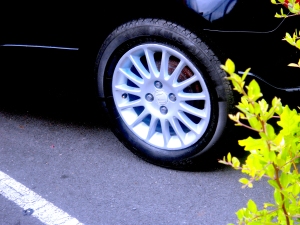Our small group from Digital Media CTC were invited to Google HQ in Grand Canal last morning to introduce young people about Google and Tech Space. So when we arrive beside security doors we got our names as a guests. We went to check around the building and i was in Documentary Workshop to record with camera . We found some really interesting technology around like 3D-Printing, Green Screen to make photo’s and Big Screen with Google earth. Than we tried a Green screen photo making that you make a photo in green background and they can put on any background you like, that was a cool thing too. At 13:00 we had free lunch boxes including free snacks and drinks. I had great time there walking around and looking at new Techs.
I’m glad to be there to see what is around and get more knowledge about the Tech Space and I think people who is working here can have free delicious food, drinks and snacks thats awesome to me!







